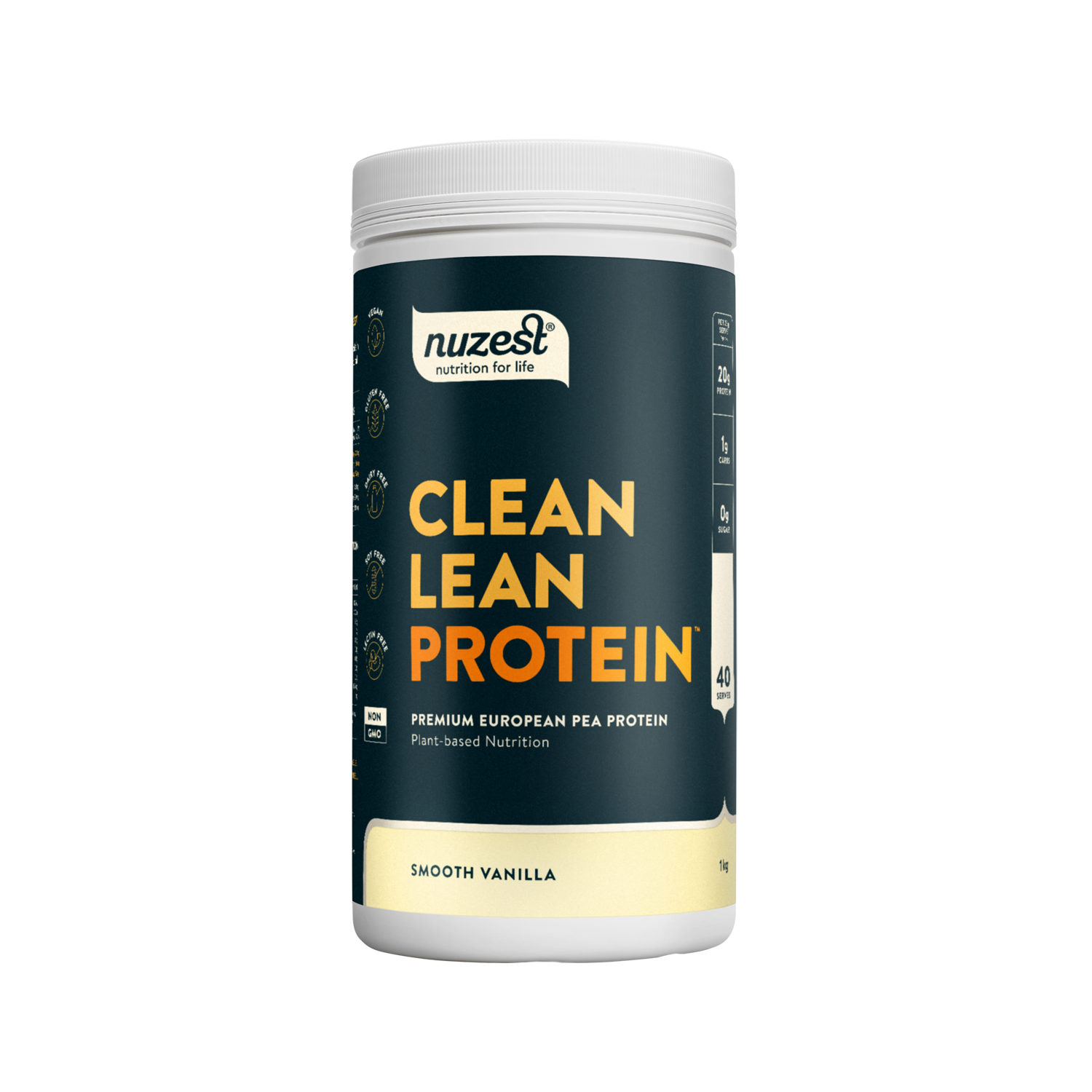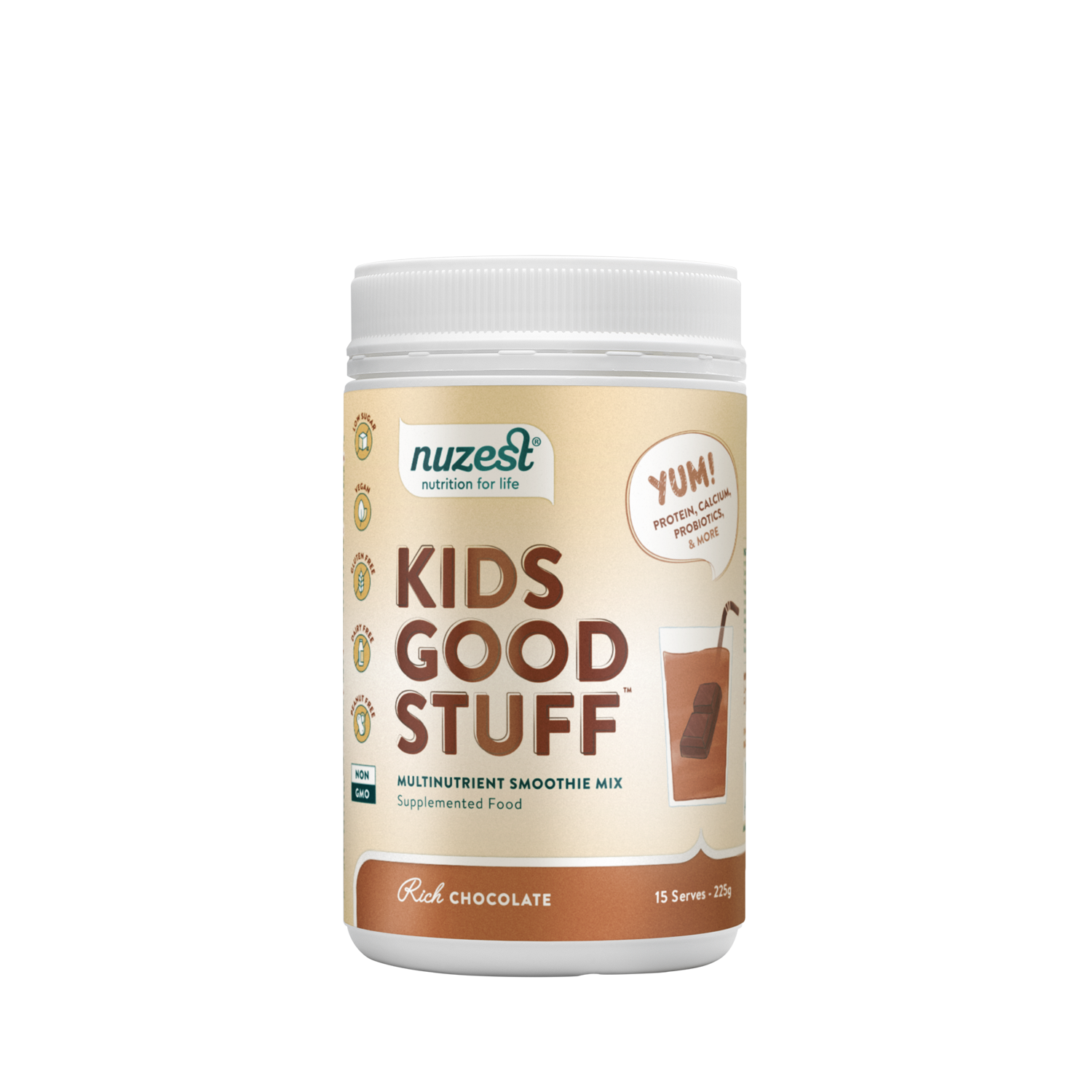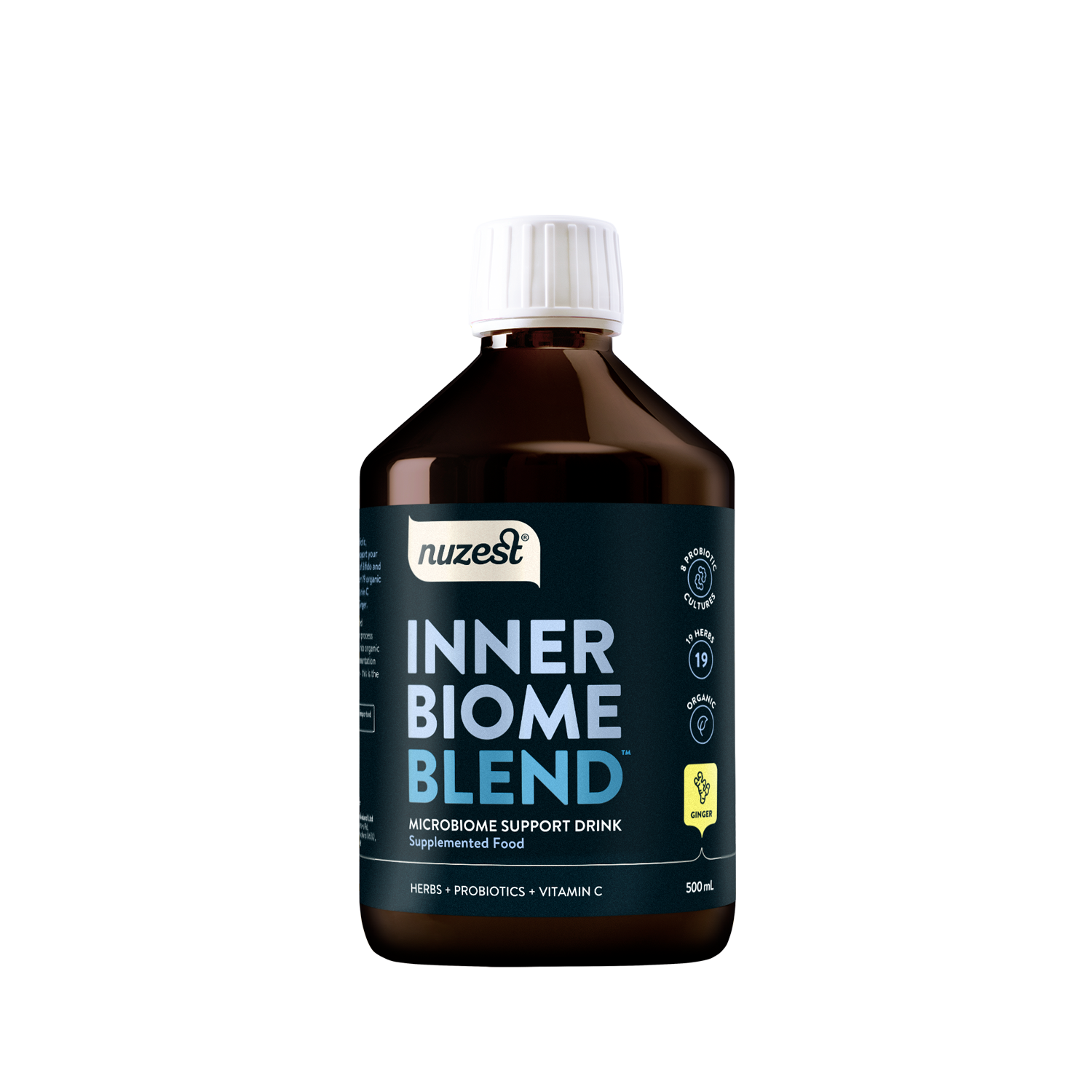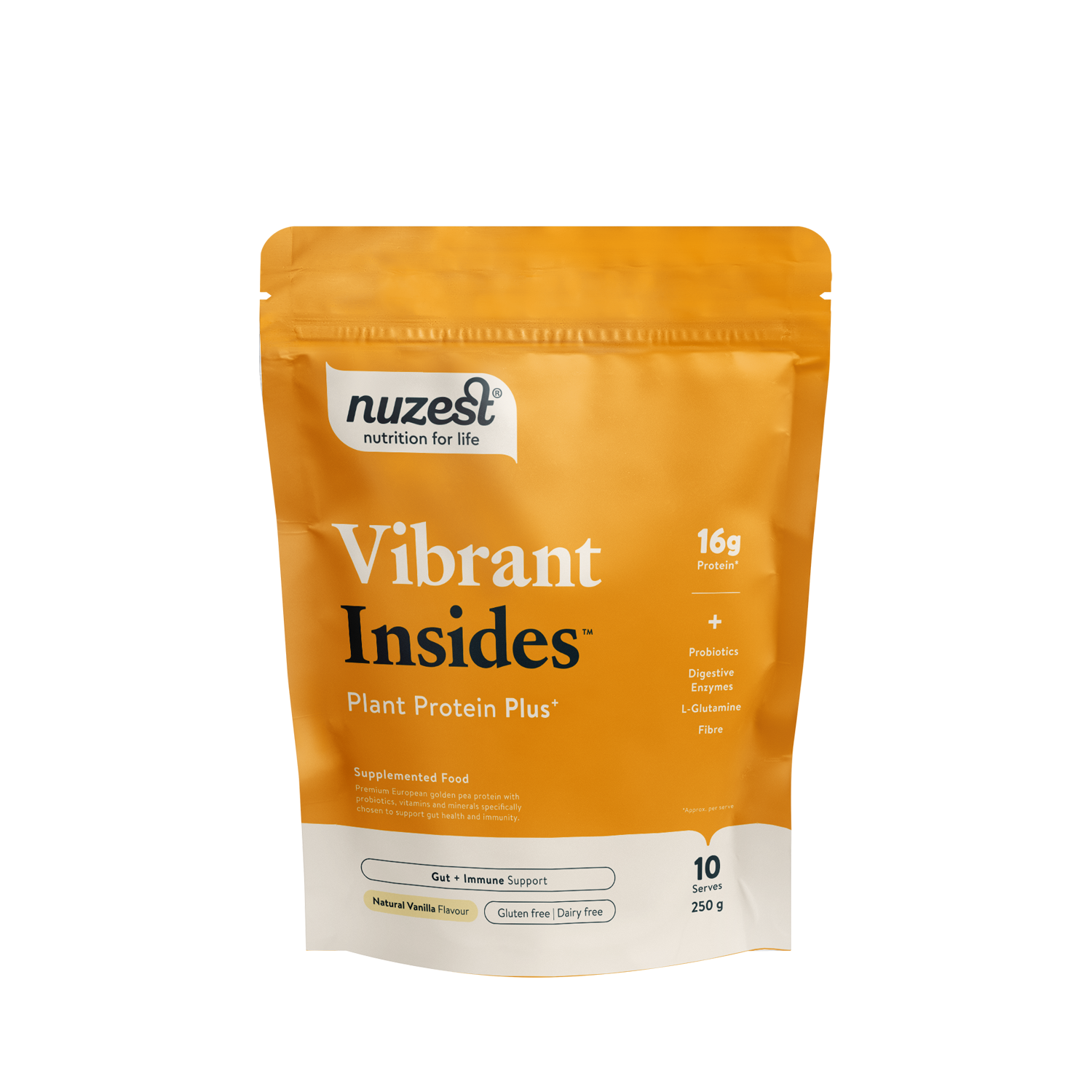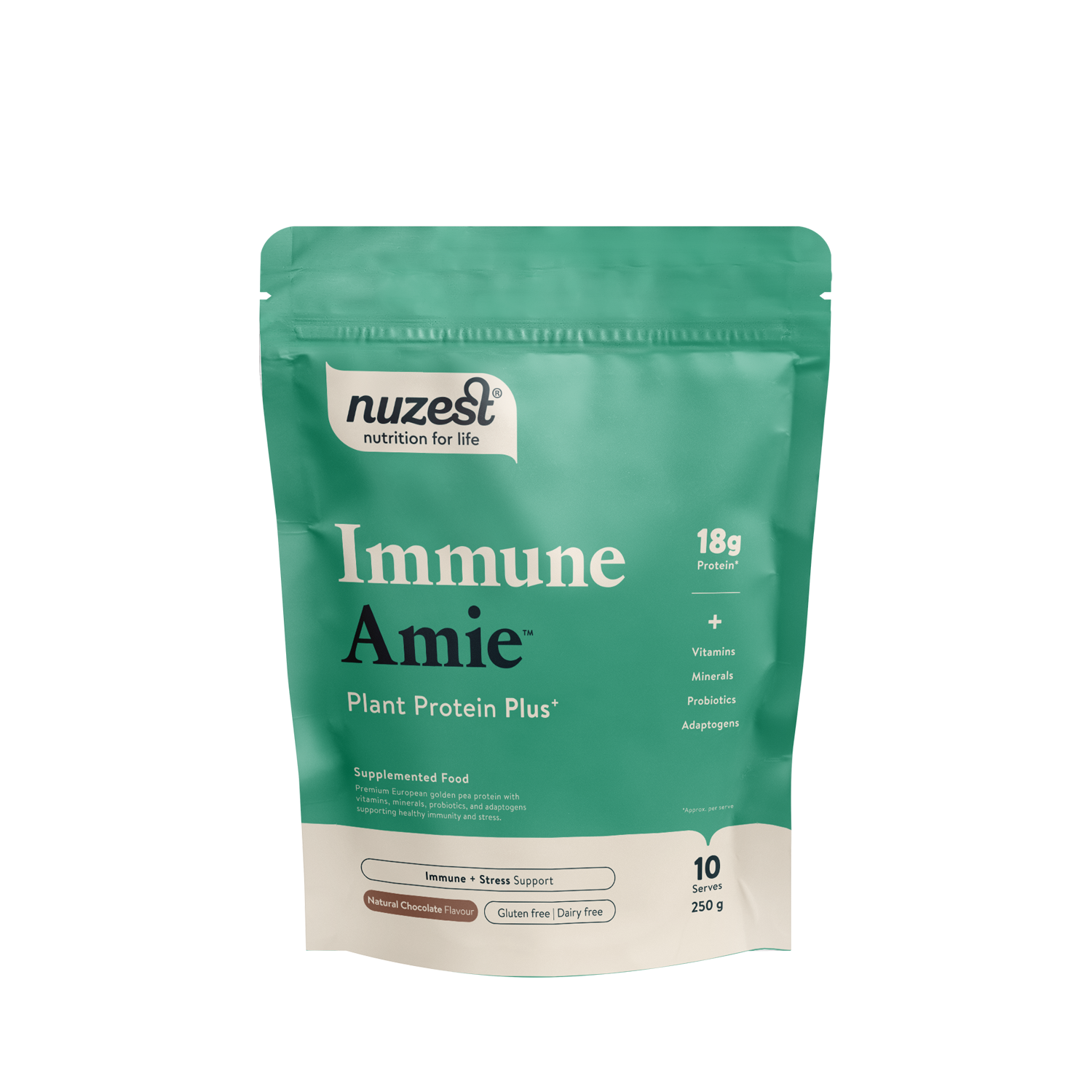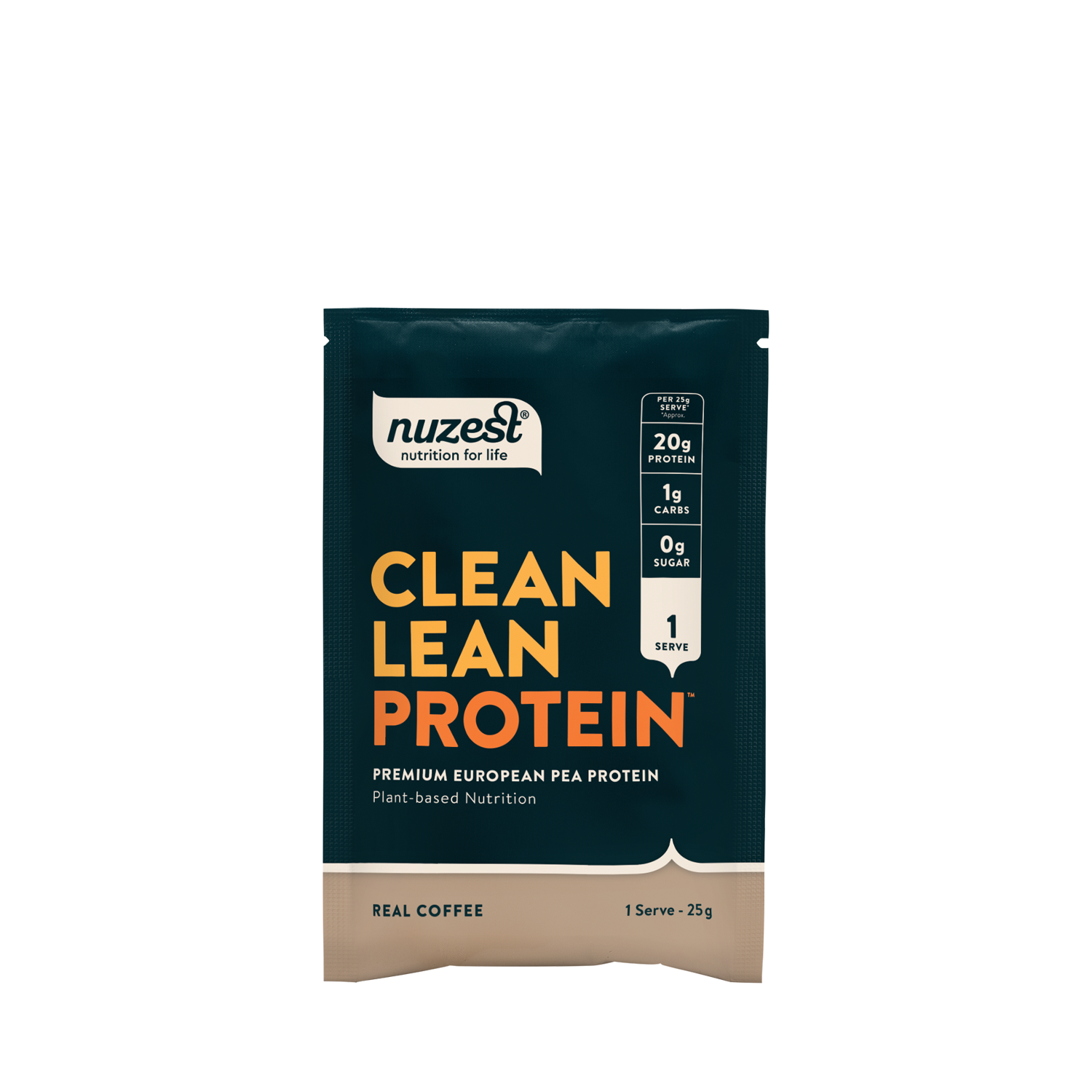Papaya
Carica papaya L.
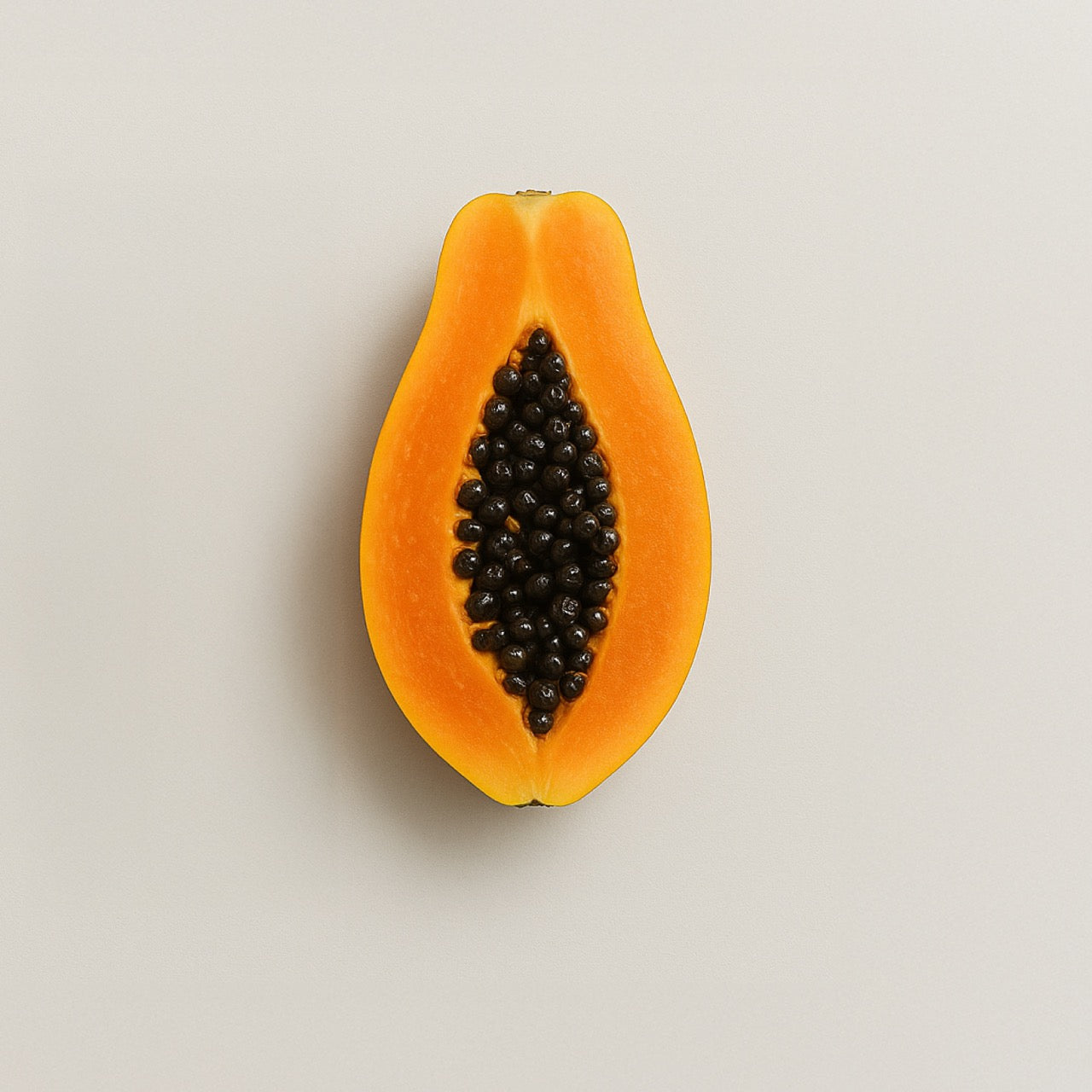
Papaya is the fruit of the Carica papaya tree, consumed fresh or dried and often used in juices and supplements. The fruit and seeds may also be processed into powder or extract.
Products:
Is Papaya Anti-Inflammatory?
Papaya exhibits anti-inflammatory properties, largely attributed to enzymes such as papain and chymopapain. These enzymes may help modulate inflammatory responses and support the body’s natural healing mechanisms.¹
Papaya for Heart Health
Heart health can be supported by the nutrient profile of papaya, which is rich in vitamin C, potassium, and dietary fibre. Vitamin C and other antioxidants present in papaya help mitigate oxidative stress, while potassium contributes to blood pressure regulation. Additionally, the fruit’s high fibre content supports healthy cholesterol levels, collectively reducing the risk factors associated with cardiovascular disease.² ³
How Can Papaya Support Gut Health and Digestion?
Gut health and digestive function may benefit from papaya, which contains the natural enzyme papain that assists in protein breakdown and supports efficient digestion.⁴ Regular intake of papaya has the potential to alleviate digestive issues such as bloating, constipation, and indigestion. Its dietary fibre also contributes to maintaining a healthy digestive system by promoting regular bowel movements.⁴
Papaya for Eye Health
Eye health benefits from the high vitamin A and beta-carotene content are found in papaya. These nutrients are essential for maintaining visual function, protecting the cornea, and supporting the overall health of eye tissues. Vitamin A also plays a role in reducing the risk of age-related macular degeneration and cataracts.⁵ ⁶

